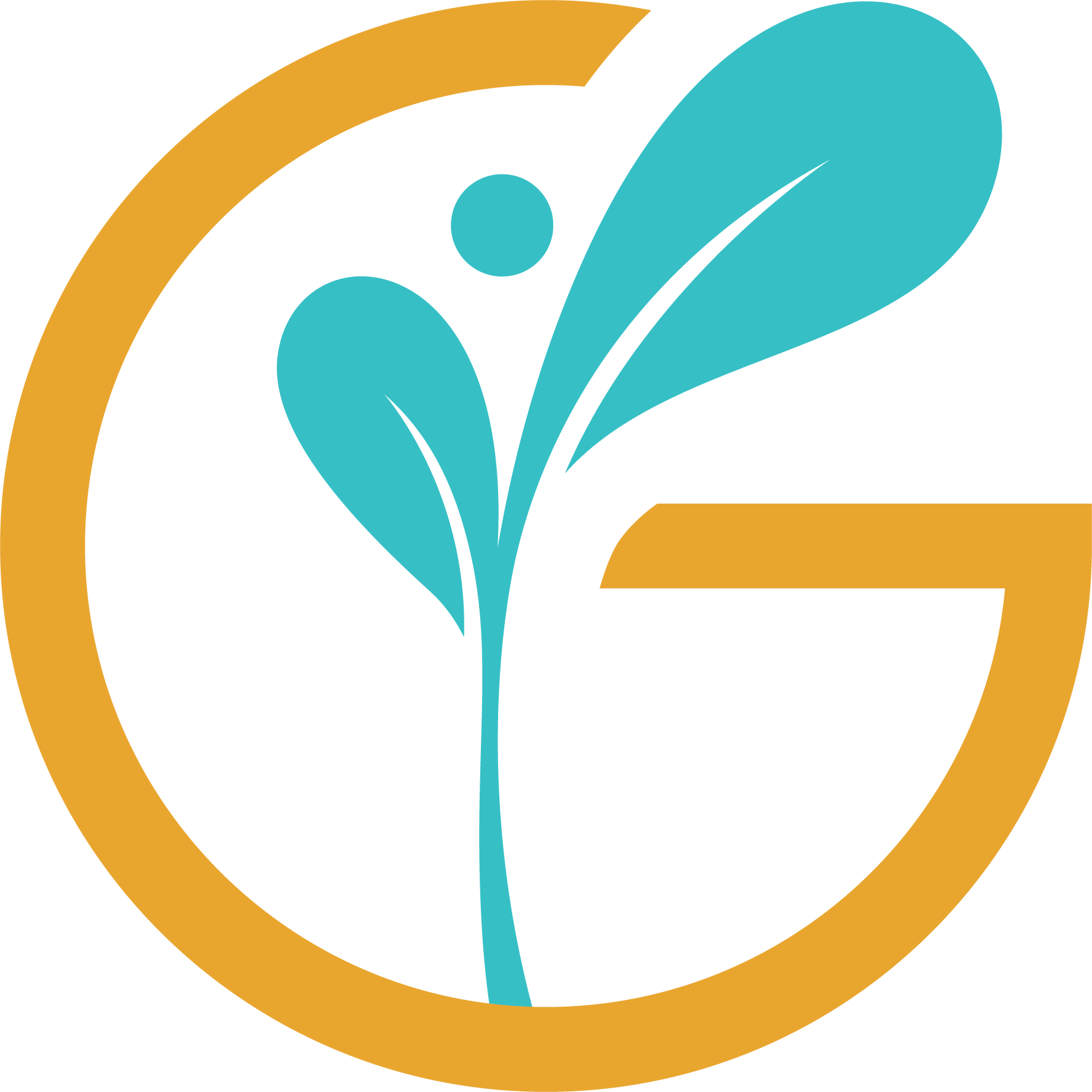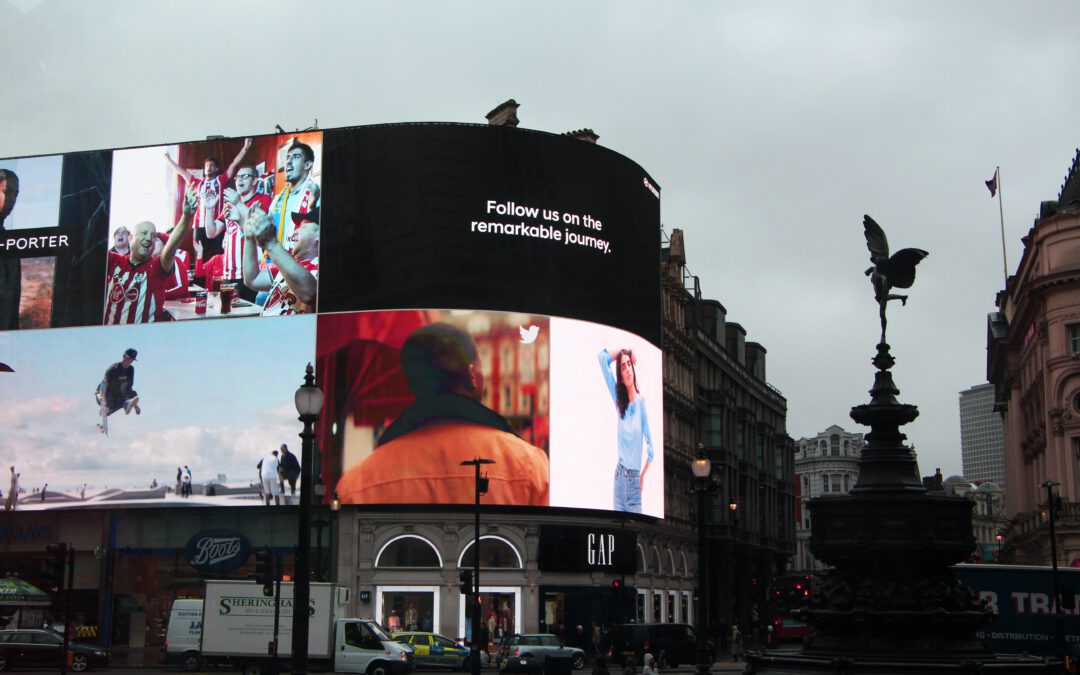 Why do you need to find your message-market fit?
Why do you need to find your message-market fit?
How many times a week do you get an in-mail message on LinkedIn? How many of those do you read and/or respond to?
How many times have you landed on a website and been utterly confused? Not understanding what the product/service being described really is.
Oftentimes, when attempting to market a product, writers will fall victim to the appeal of using ‘buzz words’ and oversimplified, one-size-fits-all messaging. But this doesn’t work too well in getting your customers’ attention.
Why? because consumers today are bombarded with advertisement on all fronts. As a consumer, the sheer magnitude and volume of products being marketed to you can be blinding.
Amidst this relentless information overload, what will get your buyer’s attention (read: money), is a combination of simplicity and context.

Context matters.
Think about all the times you’ve decided to buy something that was marketed to you on social media; what was it about the message that clicked? Was it timing? Was it framing?
Messaging success is highly contextual—you want to be able to speak to your consumer in a way that resonates with them. And sometimes, that resonance might even be different from how you see your own product or service.
In this article, we discuss a simple 3-step framework for finding your message-market fit.
- Know your customer.
- Map value to features.
- Create value-driven content.
Know your customer
Build buyer personas based on customer input.

Building buyer personas is lesson #1 in most marketing rulebooks. But it continues to be one that is ignored, or simply undervalued. However, the importance of doing this, and doing it right, cannot be understated.
Follow these 3 steps to build buyer personas that will inform the next steps of your message-market fit process:
- Get information via an intelligence-gathering tool (survey/questionnaire/interview).
- Sort and cluster the information in question-based buckets.
- Find the ‘red thread.’
Consider you’re selling a SaaS product that helps marketers organize their daily activities—gives them an overview of all ongoing activities, the stage each campaign is at and the ability to monitor and actionize their performance.
To build an actionable and buyer person for this product, you can ask questions like:
- What is the most challenging/time-taking activity of your daily work?
- Are you able to effectively measure the success of your campaigns with the tools you are currently using?
When creating your survey/questionnaire/interview, follow these guidelines to get to the pith of your buyer’s needs and actionable insights:
- Go specific—the more you narrow down you target customer profile, the better you can create questions related to their pain points.
- Empathy. Empathy. Empathy—put yourself in your buyers’ shoes and ask questions that matter to them.
- Keep it short and simple.
Once you’ve received the wanted information via an effective intelligence-gathering tool, it’s time to cluster the responses in relevant segments. Usually, creating question-based segments helps to pin point the most relevant/popular response.
And this gets us to the last step—finding the ‘red thread.’ Once you have your questions and responses segmented, you can identify what matters most to your target group pertaining to a particular topic.
Map value to features
Nail your value proposition in the context of your buyer’s need.

In the above example, the simple answer to the questions ‘what’ you’re selling and to ‘who’ seems clear—a task management software built for marketers. Its value is clear, right?
Think again.
What you need to consider is ‘why’ your consumer needs your product and ‘how’ your product delivers its value i.e. point of differentiation.
In this example, the core problem being solved is complexity (as validated by your awesome intelligence-gathering survey). Marketers manage many campaigns at once and that leads to complexity of management and oversight.
So why do I, a marketer, need your product?
To simplify my daily activities.
Now that you know what your customer really cares about, you can map the specific features of your product to the value that they give to your customer. In our example, the core problem of complexity can be solved by visual dashboards that can be easily updated by multiple users.
This is what we call ‘value-feature mapping.’
Armed with this knowledge, you can construct a message that will convey this value in a simple and specific way. And this brings us to the last part of getting a message-market fit that works for you: value-driven content.
Because how we say something, is just important as what we say.
Create value-driven content
Leverage the power of simplicity and context.

Consider the following sentences:
- ‘Our cutting-edge task-management software offers waterflow diagrams, task dependency analysis and automated assignment.’
- ‘Simplify task management by overseeing the status of all your campaigns in our easy-to-edit, visual dashboards.”
Which one of these conveys more clearly what the product being sold is and how it helps its user?
The first sentence bombards the reader with useless jargon that does not do much to tell them what the purpose of having these features is.
The second sentence much more clearly defines the pain point (complex task management) and immediately offers a solution (easy-to-edit, visual dashboards) using simple language, and active-voice structure.
Remember, the trick to finding your message-market fit, is to get to know your customer and connect with them.
Reduce the clutter, keep it simple, and empathize.
1 Kommentar
Einen Kommentar abschicken
Leave us a message.
Leave us a message and we will get back to you shortly.
We look forward to hearing from you.
© Designed & powered by Young Growth Consulting
© Designed & powered by Young Growth Consulting



Ein sehr guter Artikel. Wie kam ich zu dem Artikel? Ich gab bei Google diese Suchanfrage ein: „Message market fit“. Den Artikel finde ich klasse. Habe ich mir direkt gespeichert. Danke.